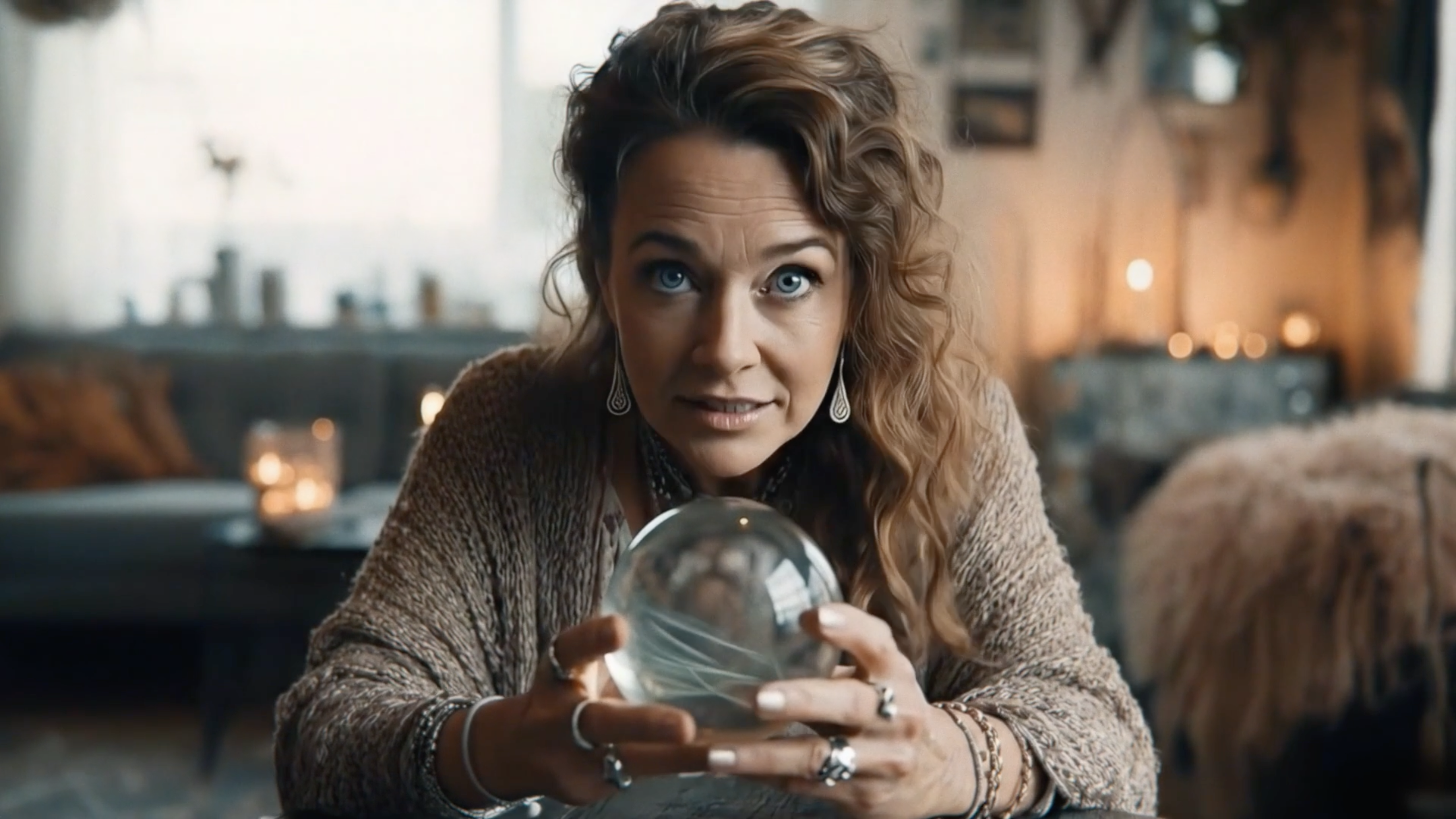“Sometimes the right tools find you before you even know what you are destined to create.”
This was one of those moments.
When I set out to create this AI-powered Uber Eats spec commercial, I wanted to do more than run a simple test of new tools. I wanted to answer a bigger question: What happens when someone with years of filmmaking experience and a love for storytelling is given access to the next generation of creative technology? This project became my way of exploring that question and pushing myself to see just how far these tools can take us.

How It Started
Creating this spot was a true labor of love. I have spent more than a decade and a half working in the film and advertising industry as a senior colorist and creative director, helping brands deliver premium commercials and campaigns. Over the years I have developed my eye, my taste, and my instincts for storytelling by watching countless spots come across my desk and by studying what makes them work. Outside of client work, I am also a writer and a designer of theme park attractions, which I share on my YouTube channel. All of that experience shaped this project. The technology was exciting, but what really brought it to life was the craft behind it.
Crafting The Ad
For this commercial, I used a mix of AI image and video generation platforms that made the process both challenging and inspiring. I built still images with ComfyUI, Flux, FluxContext, MidJourney, and LTX Studio, each chosen for their strengths in visual quality and flexibility. For video, I leaned on Google VEO3 to handle more complex motion while maintaining a cinematic look. For voiceover, I used 11Labs to create natural and dynamic narration. Every tool played a part, but the tools alone were not enough. It took years of experience in directing, editing, and shaping a compelling story to bring everything together into something that actually feels like a high-end commercial.
This was also the first time I set out to push the realism as far as possible within reason. I wanted to replicate the look and feel of a real live-action television commercial using AI tools, staying as close as I could to the visual standards of a spot that might actually air for a client. While I was not going to spend the kind of budget required for a traditional shoot, my goal was to see how far I could take these platforms to create something that truly feels believable and polished. It was about proving that AI can be used not just for surreal concepts and stylized ideas but also to mimic the visual language of real-world advertising when paired with the right creative direction and storytelling instincts.
The goal was simple: create a spec ad that looks and feels like it could air tomorrow for a real client. I wanted it to hold up to the same standards I apply to my professional work, which meant obsessing over details like pacing, structure, emotion, and color. This was not an experiment designed to replace traditional filmmaking. Instead, it represents a new category of storytelling and advertising that is emerging alongside it. These tools make it possible to craft commercials and creative content that were once out of reach for independent creators, small agencies, and brands working with mid-sized budgets.

New Opportunity
That, to me, is where the true potential lies. High-end productions will always have their place and nothing will replace the magic of a fully staffed set. But now there is also an opportunity to create cinematic, visually stunning work for projects that previously would not have had the resources to make it happen. For filmmakers like me, it opens new creative doors. For brands, it creates space to compete at a higher level without needing blockbuster budgets.
This commercial is just the beginning. AI is not here to replace human creativity but to expand it. The tools allowed me to tell a story I could not have made on my own, and they continue to open up new ways to think about visual storytelling, advertising, and entertainment. We are entering a moment where the boundaries of filmmaking are shifting, and I believe the possibilities are only going to grow from here.










